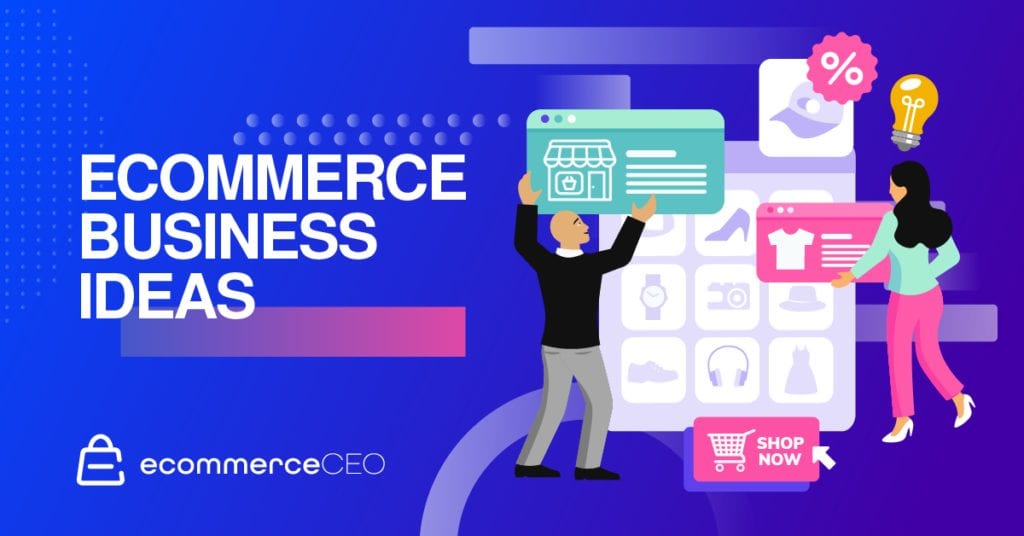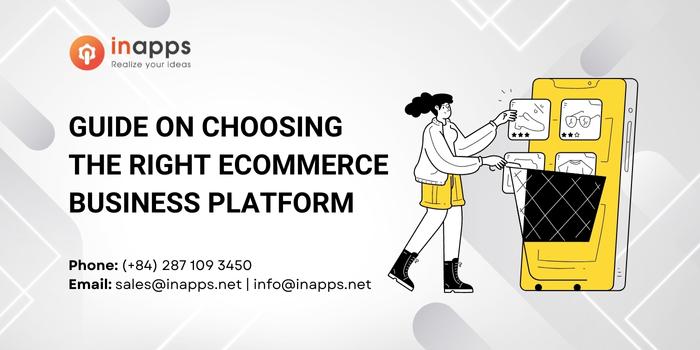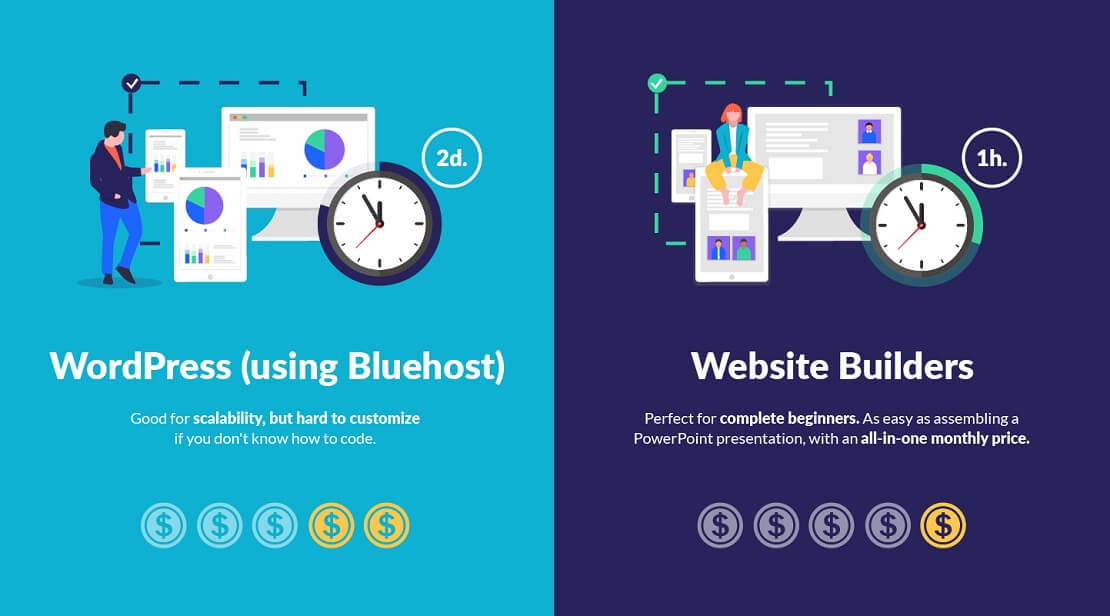Step 4: Obtain business permits and licenses
Here are tips and tactics for starting your ecommerce business and reaching millions of internet users.
Step 1: Research Ecommerce Business Models.
Ecommerce Business Models. Beginning your research is the first critical step. Don't operate off of assumptions about the best model for your business. To start a successful online business, you have to find the right niche. What's your area of expertise? What marketable knowledge or skill do you possess? Look at the latest product trends and what people are searching for online.
Step 2: Write a business plan
1. Choose your ecommerce business model – are you going to start with print on demand, perhaps you like the sound of dropshipping, maybe you want to create a subscription service? Consider all of your options before making a decision.
2. Define your target market – who is most likely to buy from you?

Pick your niche
Your ecommerce business will be successful if you choose the right niche. Here are some tips on how to pick your niche:
1. Do your research - check out the competition and see what other companies are doing in your industry or niche. Look for the top-selling products and services and assess their profits, marketing, size, and inventory.
2. Consider your interests - the beauty of an ecommerce business is that you can select a niche based on your personal interests. Choose something you're passionate about so you can enjoy the process of building your business.
3. Find a niche market - remember, niche marketplaces within the eCommerce realm aren't just for physical products. ECommerce businesses can also sell very niched services or digital products.
4. Offer something unique - once you've identified a potential niche, ask yourself what you can do to stand out from the competition. What unique value can you offer that other businesses

Choose the right ecommerce platform
If you're thinking about starting an ecommerce business, one of the first decisions you'll need to make is which ecommerce platform to use. There are a number of different options available, and the one you choose will have a big impact on your business. So how do you choose the right ecommerce platform for your business?
Here are a few things to keep in mind:
1. What are your goals for your ecommerce business?
2. What is your budget for setting up and running your store?
3. Who is your target market?
4. What kinds of products do you want to sell?
5. What features and functionality do you need from your platform?
Answering these questions will help you narrow down the options and choose the best ecommerce platform for your business.

Design your store
If you're thinking about starting an eCommerce business, there are a few things you need to do to get started. First, you need to choose a niche for your store. You can either sell products or services, or both. Once you've chosen your niche, you need to come up with a business name and select a platform for your store. There are many different platforms to choose from, so do some research to find the one that's right for you. After you've selected your platform, it's time to start designing your store. You'll need to create a logo and branding for your business, and add products or services to your store. Finally, you'll need to attract customers to your store by promoting it online and offline.
Starting an eCommerce business is a great way to reach millions of potential customers around the world. With the right platform and marketing strategy, you can build a successful business that will provide you with a steady income stream.

Stock your store
No matter what and how you decide to sell, the first step is to create an email list. Place an opt-in freebie on your website, launch a social media campaign, or set up a Google AdWords campaign to start collecting leads.
Start by working out the basics of your ecommerce business plan, like what you'll be selling online and how to sell it. Map out how you want to approach the market, what your margins will be, and what marketing channels you'll use to reach your target customers.
Follow these seven steps to learn how to start an ecommerce business and find success by selling products or services online:
Navigate to the ecommerce platform of choice (e.g., Square) and create an account.
Determine your target audience. Choose what to sell online based on who you want to sell it to.
Decide on your business structure. Will you operate as a sole proprietor, LLC

Set up payments
The first step to building an e-commerce store is knowing what products you want to sell direct-to-consumer. This often is the most challenging step because it can be difficult to determine what products will have the greatest appeal to your target market. Once you have a good understanding of what products you want to sell, you can move on to setting up payments.
There are a few different ways to set up payments for your eCommerce business. The most common method is to use a payment gateway, such as PayPal or Stripe. You can also use a merchant account, which is a business account that you set up with a processing bank. Merchant accounts allow you to accept credit card payments directly from your customers.
Another option for setting up payments is to use a marketplace, such as Amazon or eBay. Marketplaces provide a platform for buyers and sellers to connect and transact business. When using a marketplace, it's important to keep in mind that payment is typically

Promote your store
If you're looking to start an ecommerce business, there are a number of things you can do to promote your store and get the word out. First, build and update your email list regularly. This is a great way to keep potential customers in the loop about new products, sales, and promotions. You can also use social media to reach a wider audience. Try running a Facebook campaign or posting organic content on Twitter, Instagram, and other platforms. And don't forget the power of micro-content—short, shareable pieces of content that are easy for social media users to consume. Finally, host a Twitter chat or webinar to connect with potential customers and answer their questions in real time.

Comments
Post a Comment